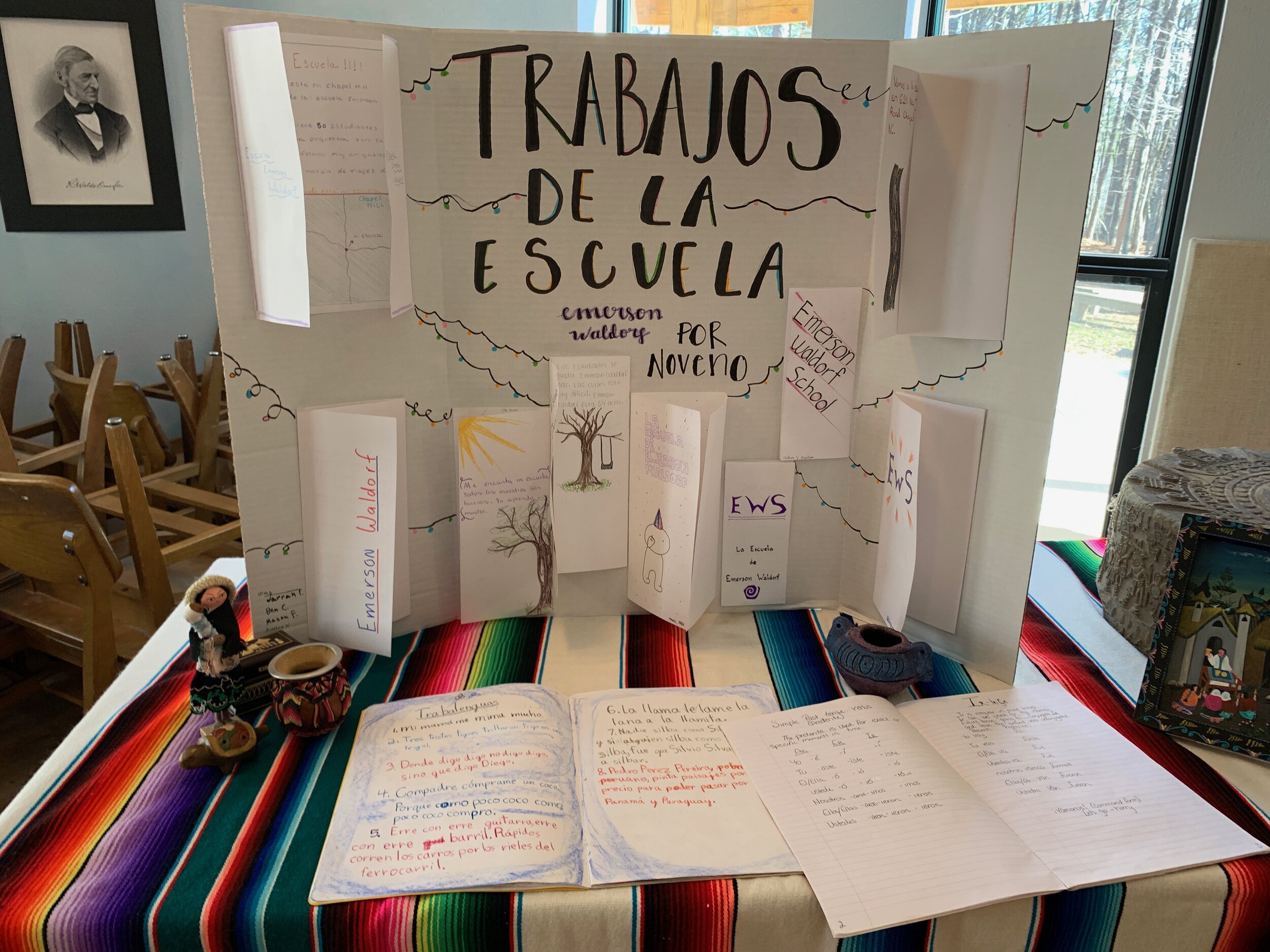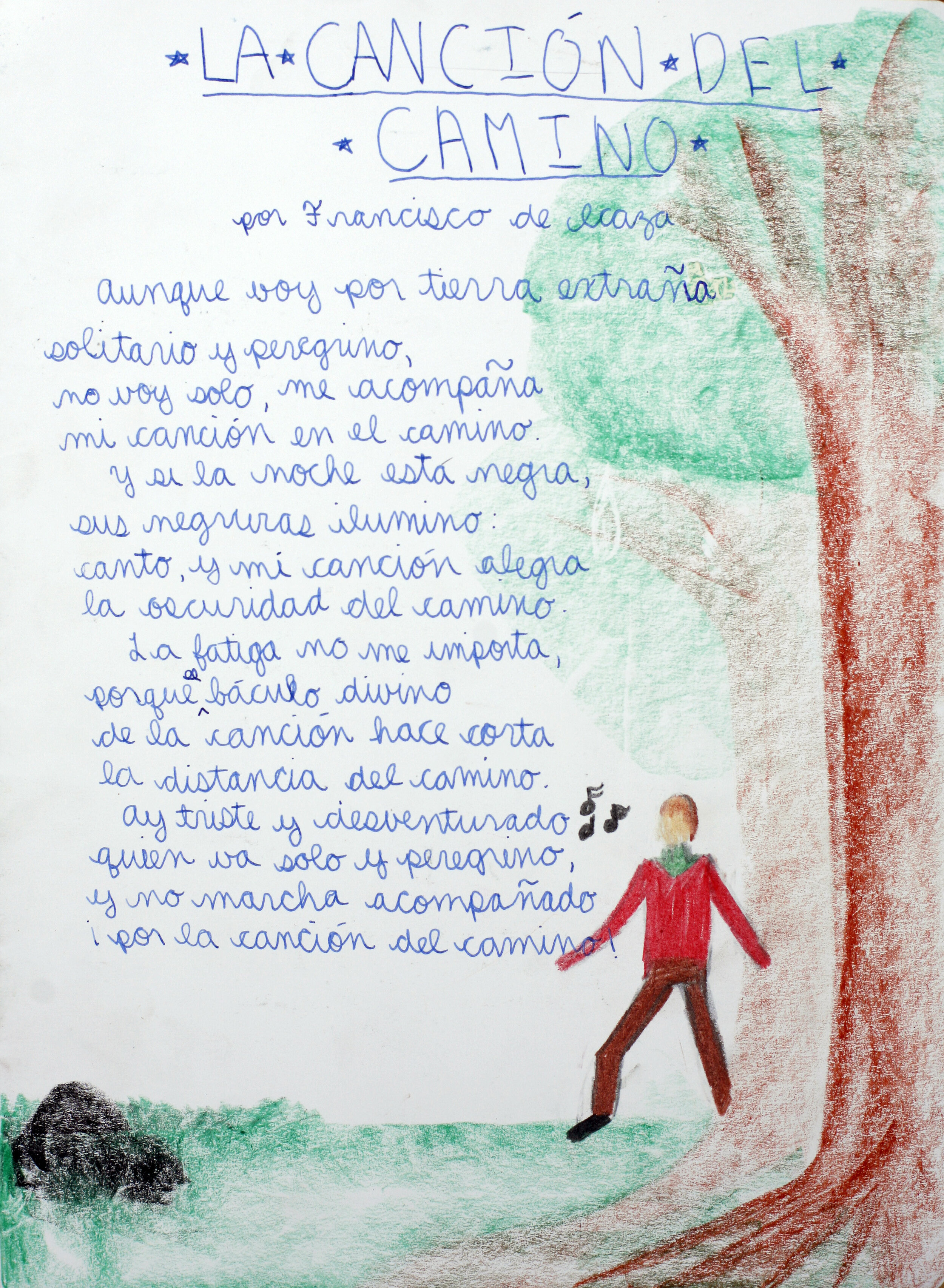Subjects
curriculum
Spanish
World languages are an integral part of the curriculum in Waldorf schools. The purpose of language study is to develop the ability to communicate, raise one’s social conscience, and cultivate an interest in others. In addition, when we learn a new language, we become more aware of our mother tongue.
At EWS, students study Spanish in grades one through grade eleven. In grades 1-3, we use the imitative abilities of the younger child to teach language through gestures, songs, poems, stories and games. Thus, numbers, colors, clothing, body, family, animals, verbs and more become a foundation of vocabulary without a need for rote drills or translation. Although recitation is done in unison, the children engage in conversation about their family and daily activities.
In grades 4-8, the oral conversation and recitation continues, but the work becomes more academic. The children start writing in Spanish by copying down the familiar poems and songs presented to them in the earlier grades. Learning to read these familiar texts is then spontaneous, and soon skills of reading unfamiliar texts and writing original sentences develop. As reading and writing skills grow, the teacher draws attention to spelling and grammar rules and vocabulary connections. By the end of grade school, the children are able to have guided conversations, read unabridged articles and stories, and write free style paragraphs utilizing a variety of verb tenses. The curriculum also continues to develop the powers of imaginative thinking and feeling, using songs, age-appropriate stories, dialogues, poetry, biographies and history. Students finish middle school with an openness and appreciation of the many aspects of Hispanic culture and the Spanish language.
High school offers a thorough review of previously learned grammar set in new contexts. Students are expected to engage in more advanced conversation. A textbook is introduced but lessons also include a study of modern topics, debates on current events in Hispanic countries, dialogues, movie analysis and individual projects. Students may choose to take a service trip to Guatemala or study abroad. It is now up to the high school students to bring forth what has been assimilated through the years, take ownership of their learning and participate actively in multilingual communities to contribute to global understanding.




